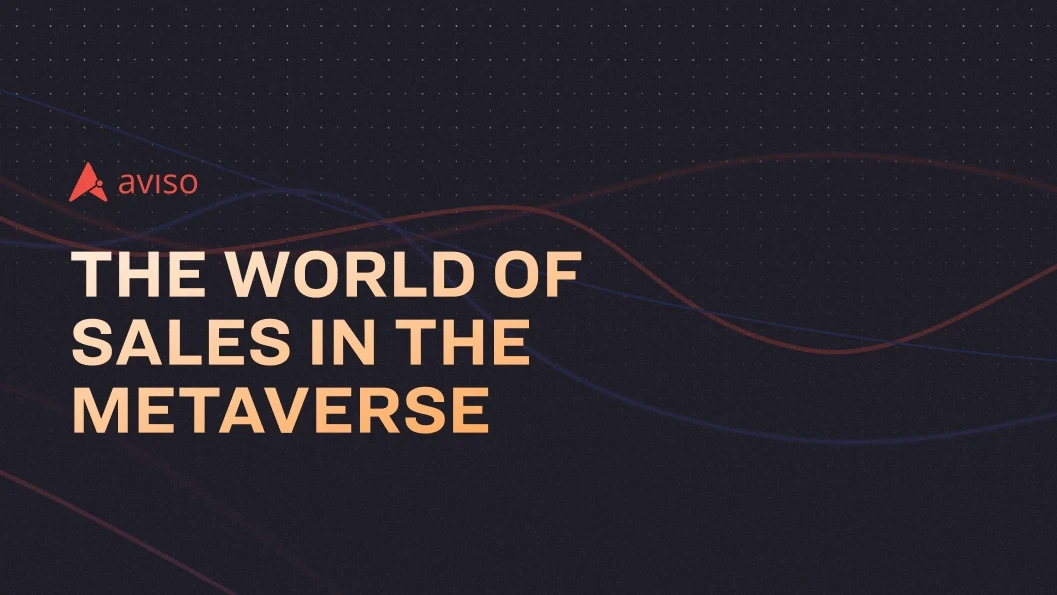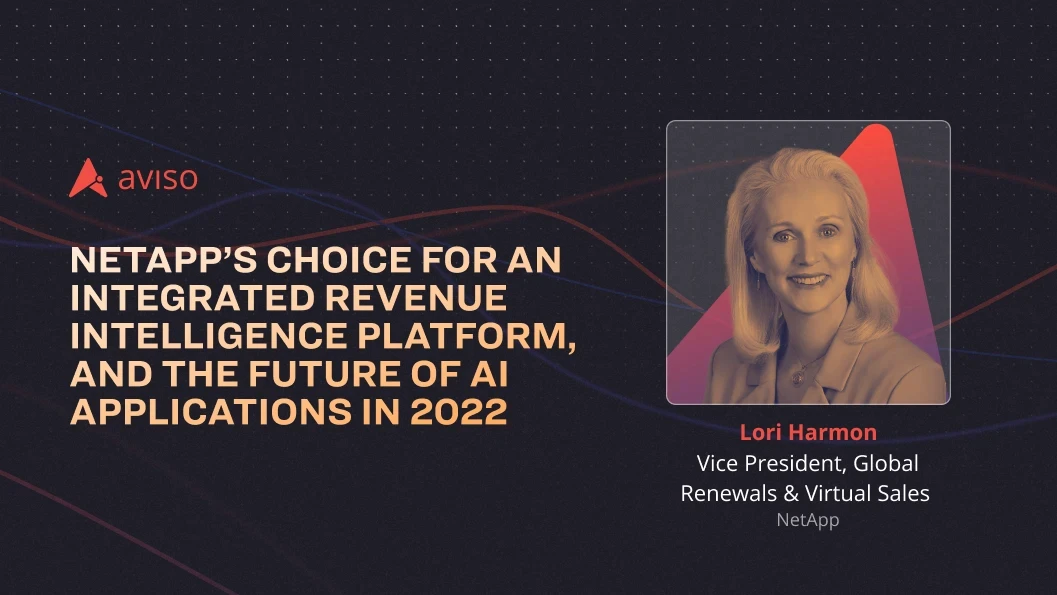The World of Sales in the Metaverse
Oct 18, 2022
The nuance of sales is said to not only be able to sell a product, but to be able to sell a potential customer a lifestyle. Bringing alive an enhanced future started first with lively storytelling, then moving to colorful, yet physical visuals and baseline prototypes of the product at hand. Pitches then traveled to the digital world with sophisticated powerpoints and digital mockups that the customer can anticipate interacting with in a full-fledged form. However, what can we expect from breaking the constraints of a two-dimensional interaction between a customer and what they see on their screen and allow them to live their product in the virtual reality of the metaverse?
Virtual reality can be used to immerse customers in an environment that is tailored specifically to them. For example, a luxury hotel could create a virtual reality tour of their hotel that allows potential guests to interact with the amenities and location before making a reservation. This would increase customer engagement by giving customers a unique experience that is not available from other competitors. The metaverse, as it has fondly been called so far in futuristic and sci-fi context, is now at the precipice of changing the world of sales by facilitating an augmented virtual reality where customers can experience pitches. Forbes notes that the metaverse will grow significantly over the next three years and offer a profit of over 1 trillion dollars.
Businesses and consumers alike should anticipate an increased efficiency of pre-sales collaboration and a boost in customer loyalty with interactive experiences. Research firm Gartner has predicted that 25% of people will spend at least one hour a day in the metaverse by 2026.
Sales collaboration can be improved by using virtual reality as a common space where sellers and buyers can meet, share ideas and work on proposals together. A late 2021 survey of internet users indicates that over half of the respondents would join the metaverse for work possibilities such as virtual workspaces and networking. The ability to see the product or proposal in 3D from the customer’s perspective can result in increased deal sizes.

One company already implementing this technology is Metaio, an augmented reality platform that enables people to layer digital information onto the physical world around them. Their tools allow companies like Volkswagen Group Digital Ventures, McLaren Applied Technologies and Samsung to increase efficiency in product design, marketing, and sales. According to Forrester, product demonstrations are the most effective way to convert leads into customers. However, traditional product demonstrations can be expensive and time consuming. Virtual reality can be used to create interactive product demonstrations that are affordable and easy to produce. For example, Dassault Systèmes has created a virtual reality experience that allows potential customers to explore the features of their 3D printing software. This allows potential customers to “test drive” the software before making a purchase decision. Interactive product demonstrations can increase conversion rates by giving potential customers a chance to experience the product firsthand. Another example is the virtual reality experience created by furniture company IKEA. In their experience, customers can configure furniture in a virtual room and see how it looks before making a purchase. This allows customers to experiment with different combinations of furniture and see what works best for them. Interactive product demonstrations give potential customers the ability to try before they buy, all without having to leave the comfort of their home or office.
Virtual meeting tools also have the potential to help close deals faster by providing a more efficient way to meet with potential customers and partners. According to a study by Fuze, “businesses that use video conferencing save an average of $8,000 per year per person”. Virtual reality can be used to close deals faster by providing virtual meeting tools that allow potential customers and partners to meet in a virtual environment simply through a VR headset. This allows potential customers and partners to get to know each other better and discuss deals in detail, adding a personal touch video conferencing would lack.
Another angle not yet considered is how virtual reality could affect change in customer service within a company in the context of employee training. According to Bersin by Deloitte, “the average organization spends $14,000 per employee on training each year, but only 50% of employees feel that their company’s training helps them do their job better.” Virtual reality can be used to reduce these costs by providing immersive learning experiences that help employees learn faster and remember more. One company already implementing this augmented training experience is Walmart to help employees navigate difficult customer service interactions. By immersing the employee in a virtual environment, they are able to learn how to deal with these situations more effectively. Virtual reality can also be used to train employees on new products or processes before they are released into the wild. This can save time and money by reducing the need for post-release training. On the consumer side, customers can also use a virtual reality experience to troubleshoot issues they have with products, allowing them to resolve the situation more effectively on their own.
Virtual reality brings much needed evolution to the world of sales by allowing for a more efficient pre-sale and post-sale collaboration between sellers and buyers, while increasing conversion rates with interactive employee training and product demonstrations. The transition from a two-dimensional world of sales to a universe, rather metaverse, allows for consumers and salespeople alike to effectively demonstrate their understanding of each other with an immersive space no matter where they are in the world.






